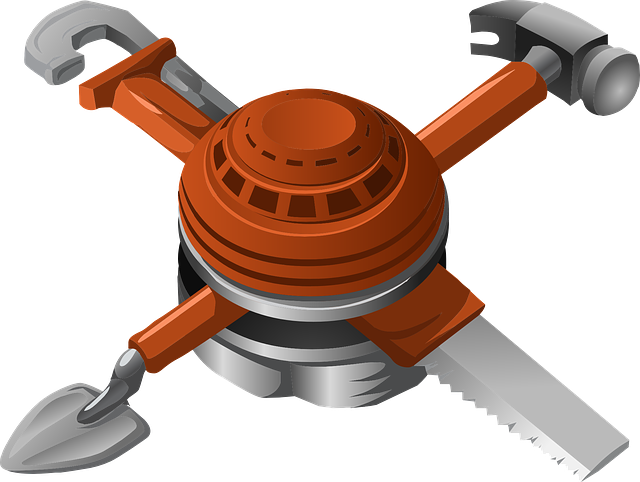
Finishing carpentry is a crucial aspect of any construction or renovation project. It involves the installation of final touches and decorative elements that enhance the aesthetic appeal of a building’s interior and exterior. Finishing carpentry is a specialized skill that requires attention to detail and precision.
Finishing carpentry includes a wide range of tasks, including the installation of crown molding, baseboards, trim, and other decorative elements. It also involves the installation of doors, windows, and cabinetry. The finishing carpenter must have a keen eye for detail and be able to work with a variety of materials, including wood, metal, and plastic.
Overall, finishing carpentry is an essential part of any construction or renovation project. It adds the final touches that make a building look complete and polished. A skilled finishing carpenter can transform a space from ordinary to extraordinary, making it a valuable asset for any construction team.
Tools and Materials
Measuring and Marking Tools
Finishing carpentry requires a range of measuring and marking tools to ensure precise cuts and installations. These tools include a tape measure, combination square, framing square, level, and chalk line. A tape measure is essential for measuring lengths, widths, and depths of materials. A combination square is useful for checking angles and marking lines, while a framing square is ideal for checking the squareness of corners. A level is necessary for ensuring that surfaces are level and plumb, and a chalk line is useful for marking long, straight lines.
Cutting Tools
Cutting tools are also essential for finishing carpentry. These tools include a circular saw, jigsaw, miter saw, and handsaw. A circular saw is useful for making long, straight cuts, while a jigsaw is ideal for cutting curves and shapes. A miter saw is necessary for making precise angled cuts, and a handsaw is useful for cutting smaller pieces of wood.
Fastening Tools
Finishing carpentry requires a range of fastening tools to secure materials in place. These tools include a nail gun, finish nailer, brad nailer, and stapler. A nail gun is useful for driving nails quickly and efficiently, while a finish nailer is ideal for attaching trim and molding. A brad nailer is necessary for attaching thin pieces of wood, and a stapler is useful for attaching fabric and other materials.
Materials and Supplies
Finishing carpentry requires a range of materials and supplies to complete projects. These materials include wood, trim, molding, and hardware such as screws, nails, and hinges. Other supplies include sandpaper, wood glue, and paint or stain. It is important to choose high-quality materials and supplies to ensure that the finished project looks professional and lasts for years to come.
Techniques and Best Practices
Measuring and Layout
Accurate measuring and layout are essential to successful finishing carpentry projects. It’s important to use high-quality measuring tools, such as a tape measure, combination square, and level, and take precise measurements before making any cuts or adjustments.
To ensure accuracy, carpenters should mark their measurements clearly and use a sharp pencil or marking tool. Additionally, they should double-check their measurements before making any cuts or adjustments.
Cutting and Shaping
Finishing carpentry involves cutting and shaping wood to fit specific dimensions and designs. Carpenters should use high-quality saws and blades to ensure clean and accurate cuts.
When cutting, it’s important to use the appropriate blade for the type of wood being cut. Additionally, carpenters should take care to avoid splintering or tearing the wood by using a sharp blade and cutting slowly and steadily.
Joinery
Joinery is the process of connecting two pieces of wood together. There are several types of joinery techniques, including butt joints, lap joints, and mortise and tenon joints.
Carpenters should choose the appropriate joint for the specific project and ensure that the joint is strong and secure. It’s important to use high-quality wood glue and clamps to hold the joint together while it dries.
Finishing Touches
Finishing touches are the final steps in a finishing carpentry project and include sanding, staining, and sealing the wood. Carpenters should use high-quality sandpaper and sand the wood in the direction of the grain to avoid damaging the wood.
When staining, it’s important to choose the appropriate color and apply the stain evenly. Finally, carpenters should seal the wood to protect it from moisture and wear. They should choose the appropriate sealant for the type of wood being used and apply it evenly with a brush or roller.






